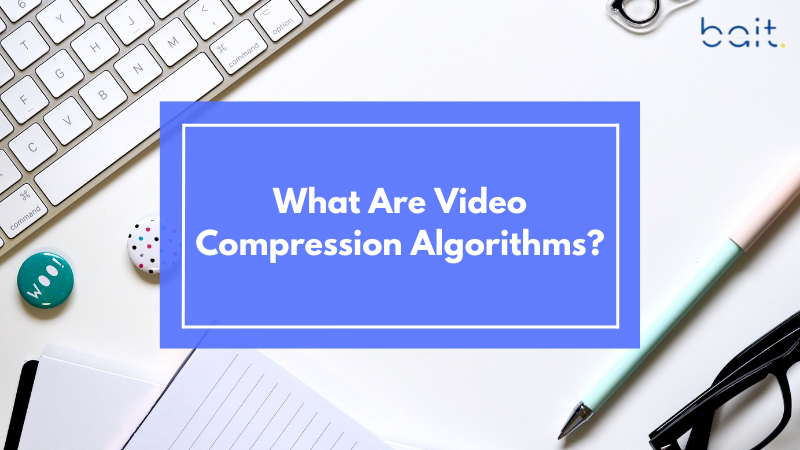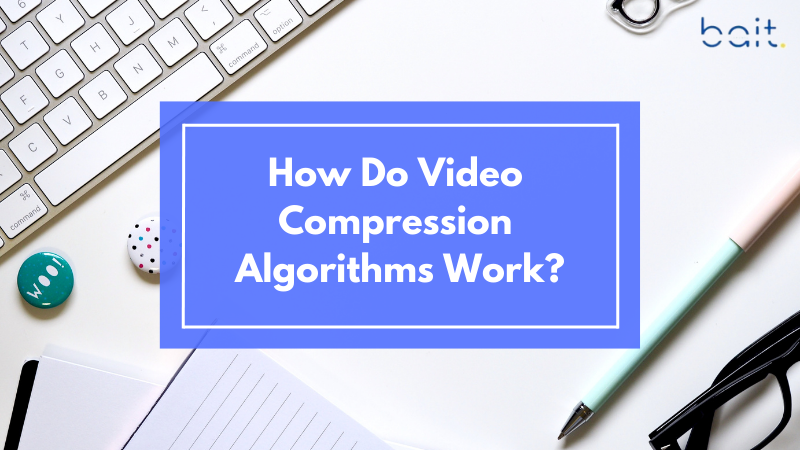Video compression algorithms are at the heart of modern multimedia, enabling high-quality video streaming and storage while minimizing file sizes. From YouTube videos to live streaming events, compression ensures seamless delivery without compromising performance. This article dives deep into video compression algorithms, their significance, types, and how they optimize data for today’s high-demand digital ecosystem.
What Are Video Compression Algorithms?

Video compression algorithms reduce the size of video files by removing redundant data while maintaining acceptable visual and auditory quality. These algorithms balance file size, quality, and processing requirements, making videos easier to store, transmit, and display across devices.
Importance of Video Compression Algorithms
- Efficient Data Transmission
Compressed videos require less bandwidth, ensuring smooth streaming on networks with limited speeds. - Reduced Storage Requirements
Smaller file sizes allow more videos to be stored on physical and cloud storage systems. - Enhanced User Experience
Faster load times and high-quality playback result in improved viewer satisfaction. - Cost-Effectiveness
Reducing bandwidth and storage costs is critical for streaming services and video-hosting platforms.
How Do Video Compression Algorithms Work?

1. Spatial Redundancy Reduction
Removes repetitive pixel information within individual frames.
- Example: Compressing uniform backgrounds in a video.
2. Temporal Redundancy Reduction
Identifies and eliminates repeated data between successive frames.
- Example: Compressing static elements like logos across video frames.
3. Perceptual Encoding
Exploits human visual and auditory perception to discard data that is less noticeable to viewers.
- Example: Removing inaudible frequencies in audio tracks.
4. Entropy Coding
Uses mathematical techniques to represent data more efficiently.
- Common methods: Huffman Coding, Arithmetic Coding.
Types of Video Compression Algorithms
1. Lossless Compression
- Description: Retains all original data, ensuring no loss in quality.
- Advantages: Ideal for editing and archival purposes.
- Disadvantages: Produces larger file sizes compared to lossy compression.
- Examples: HuffYUV, FFV1.
2. Lossy Compression
- Description: Discards some data to achieve higher compression rates.
- Advantages: Smaller file sizes suitable for streaming and sharing.
- Disadvantages: May introduce artifacts or reduce visual quality.
- Examples: H.264, H.265 (HEVC), VP9.
Popular Video Compression Algorithms
1. H.264 (Advanced Video Coding)
- Key Features:
- High compression efficiency.
- Widely supported across devices and platforms.
- Use Cases: Streaming services like YouTube, Netflix.
2. H.265 (High-Efficiency Video Coding)
- Key Features:
- 50% better compression than H.264.
- Supports 4K and 8K resolution.
- Use Cases: Ultra-HD video streaming and broadcasting.
3. VP9
- Key Features:
- Open-source alternative to H.265.
- Optimized for web video delivery.
- Use Cases: Platforms like YouTube and Google Chrome.
4. AV1 (AOMedia Video 1)
- Key Features:
- Royalty-free compression format.
- Superior compression efficiency compared to VP9 and H.265.
- Use Cases: Emerging standard for high-quality web video.
Challenges in Video Compression
- Balancing Quality and File Size
Compressing too much can degrade video quality, while under-compression results in larger file sizes. - Processing Power Requirements
Advanced algorithms like H.265 require significant computational resources for encoding and decoding. - Compatibility Issues
Not all devices and platforms support the latest compression standards like AV1. - Real-Time Compression for Live Streaming
Achieving high-quality compression on the fly remains a technical challenge.
Applications of Video Compression
1. Streaming Services
Platforms like Netflix, Amazon Prime, and Disney+ rely on compression to deliver high-quality content with minimal buffering.
2. Video Conferencing
Apps like Zoom and Microsoft Teams use compression to enable real-time video communication over limited bandwidth.
3. Surveillance Systems
Security cameras utilize compression to store and transmit video footage efficiently.
4. Social Media Platforms
Sites like Instagram and TikTok compress videos to ensure fast uploads and playback.
Future of Video Compression Algorithms
1. Artificial Intelligence Integration
AI-powered compression techniques can analyze video content to optimize encoding parameters dynamically.
2. Quantum Compression
Emerging quantum computing technologies could revolutionize how data is compressed, offering unprecedented efficiency.
3. Advanced Standards like VVC
Versatile Video Coding (VVC) aims to surpass H.265 in compression efficiency, particularly for 8K and virtual reality content.
Best Practices for Using Video Compression
- Choose the Right Codec
Select a compression standard based on your target platform and audience. - Optimize Bitrate
Adjust bitrate to balance quality and file size for specific use cases. - Use Adaptive Bitrate Streaming
Deliver videos dynamically based on the viewer’s network conditions. - Test Across Devices
Ensure compressed videos maintain quality and compatibility across all supported devices.
Conclusion
Video compression algorithms are the backbone of modern multimedia, enabling the efficient storage and streaming of high-quality content. By understanding the various types of algorithms, their applications, and emerging trends, developers and businesses can make informed decisions to optimize video delivery.
As new technologies like AI and VVC continue to evolve, video compression will remain a critical area for innovation, shaping the future of entertainment, communication, and beyond.
